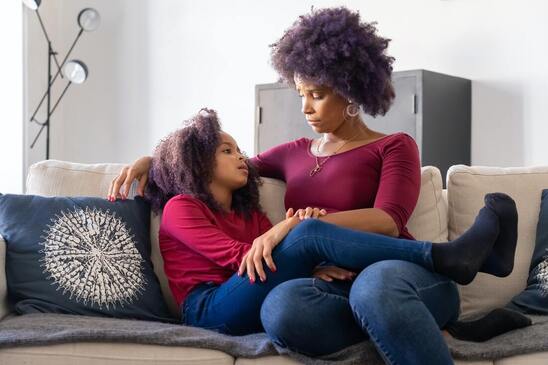|
At the Institute for the Advancement of Psychotherapy, any clinician working with children and adolescent clients also works with families. Family therapy, or systems theory approaches, are central to the work with children and families as the goal is to not only help the individual change, but also utilize the family as a resource to help maintain those changes for the long term, and ultimately putting the therapist out of a job. Family therapy may involve sessions with parents and the child that is coming in for help, or the whole family if there are siblings, but also involve sessions with just the child and/or adolescent, and sometimes sessions with the parents without the children. The therapist often will work with other systems involved with the child and family's life such as teachers or school counselors to help create a plan for success. Family therapy means activating the resources to help create a network of support to help the individual child or adolescent be successful in making changes.
|
Benefits of family therapy:
Therapists who work from a systems perspective also can utilize other parts of the system, such doing individual therapy with an adult and bringing in a partner to support change, having sessions with and adult and bringing in their adult parent to strengthen the relationship, working with a client and the organizational systems at work, and/or numerous other applications. Confidentiality and privacy is maintained with the therapists and individuals, so that there is freedom to discuss issues that may not be wished to be shared with the rest of the system, but at the same time, create enough transparency and openness to work towards common goals where each individual gets their needs met.
|
|
At IAP, we use a four stage approach to working with children and adolescents, which are: Assessment, Preparation, Structure, and Attachment. In the first phase, we're meeting with the family and assessing to figure out what is going on, and how to be helpful. The therapist then usually has an individual session with the child or adolescent, and a parent session to begin to lay the foundation of the tools to help with the problem, and put a strategy together to address the issues that are being brought into therapy. In the third stage, the therapist is helping the family to create structures and systems for managing behaviors, and defining roles and expectations so that kids are experiencing parents parenting by values, as opposed to parenting by mood. If there are behavioral issues, this tends to help settle things down, and get on the right track, allowing for the next stage of strengthening the attachment relationship. In the fourth stage, we're helping the kids and adolescents to talk to their parents about what's going on for them, rather than acting it out. The therapist helps in exploring thoughts and feelings of the child or adolescent, then helping them to share that with parents, and assisting parents in having tools for drawing out the kids. Once the foundation of these four stages are gone through, the therapist works with the family to strengthen the areas that need more work (e.g., the child individual skills, parents, structure, the relationship). These four stages are an integration of evidence based principals, which lead to lasting success as a family systems approach has been found to have lower relapse rates than purely individual child or teen therapy.
|
We use a four stage approach when working with children and adolescents:
|
If you're interested in getting help from your family, all of our therapists at our Bay Area Center for Children and our Bay Area Center for Adolescents work with families helping with issues such as anxiety, depression, ADHD, oppositional defiance, eating disorders, and other issues. Contact us today for help!
For a free phone consultation or to set up an appointment with us, call (415) 617-5932 or email us at [email protected]
|
|
phone |




